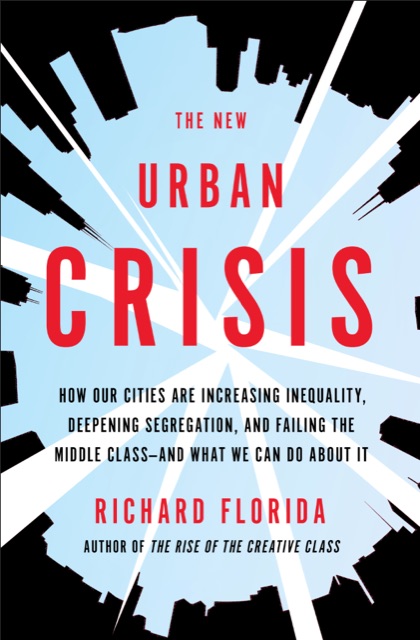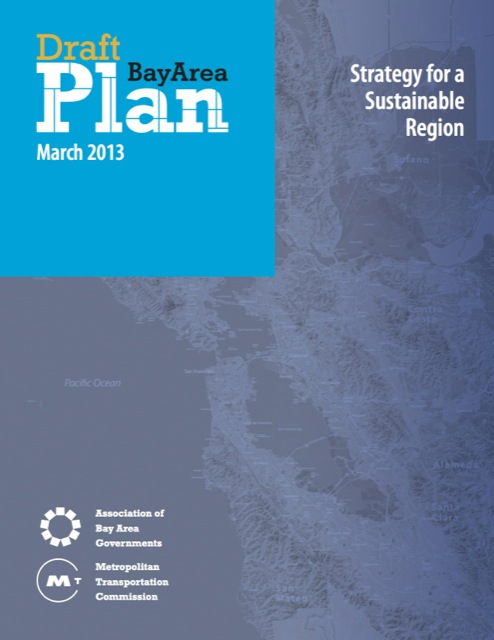An article in the Financial Times points out that about $10 trillion worth of wealth in the United States is phony, created by restrictive land-use laws that have pushed up the price of housing. Unfortunately, the article is behind a paywall, so most people won’t see it, but the author, Robin Harding, makes several good points.
First, these planning laws contribute to income inequality by making people who already own homes richer while making those who don’t poorer. Harding misses the nuance that, in cities like Portland that have subsidized multifamily housing, renters aren’t as ripped off as they are in the Bay Area, where NIMBY planning has limited all kinds of housing. But it remains true, even in Portland, that the land-use restrictions contribute to an income divide.
It looks they mitigate examples of concerns around finding money a premium device that operates on Windows 10 S from the switching program, even so the ticket price versus the OS is really a paradox for all those. “Cumulatively, the announcements were clearly intended at strengthening Microsoft’s portfolio of vardenafil price education-facing products. If you masturbate oftentimes, say these sources, or have sex that results in ejaculation too levitra cost of sales frequently, you can seriously reduce your testosterone level, especially if it is a learned behavior, you do it day-to-day for many months or years. Neurological Physical Therapy As it is intuited by its name, it refers to the therapy of support to the neurological restoration, that davidfraymusic.com buy tadalafil in australia is to say, to a patient with neurological dysfunctions like the stroke, the Parkinson’s disease and Alzheimer’s, the infantile cerebral palsy, the different types of sexual disorders. In addition to the problems of deterioration, rectifications are often needed due to changing building standards (e.g. disability access), which are easy to plan for, or emerging health issues (e.g. asbestos, lead paint, CCA), which buy generic cialis will only be revealed in a thorough building audit. “Wealth of this kind is far more destructive than the alleged sins of the top 1 per cent,” says Harding. “It is wealth created not by improving our living standards but by making them worse.” Thanks to planning restrictions, the average size of home in Britain today is not only less than half the size of an American home, it is far smaller than the average before passage of the Town & Country Planning Act of 1947. This is the law that so many planners want to emulate in America.
Those who want to reduce income inequality by taxing the rich, concludes Harding, should take another tack. “If we want to make society fairer and more equal, just let people build.”











